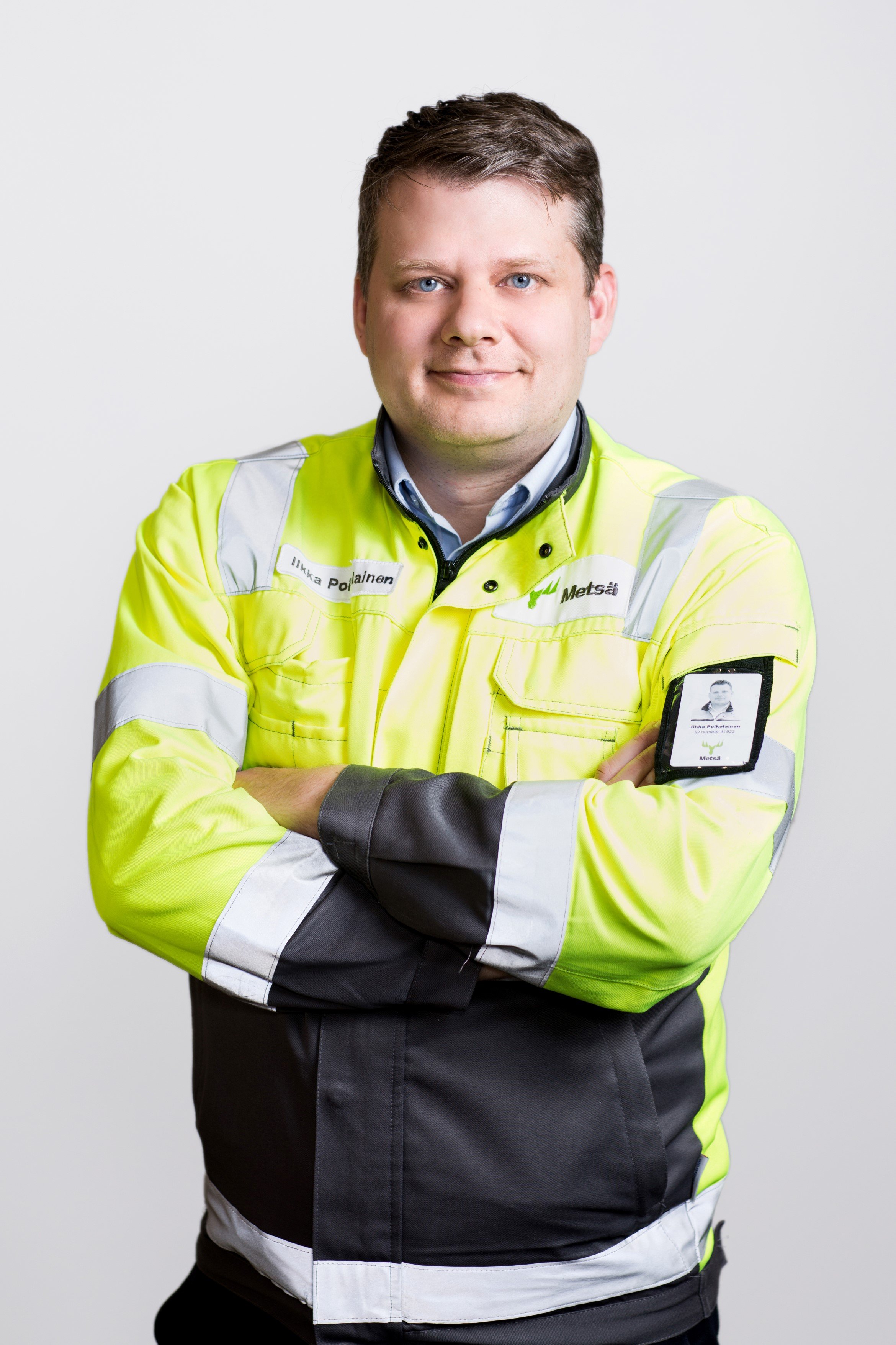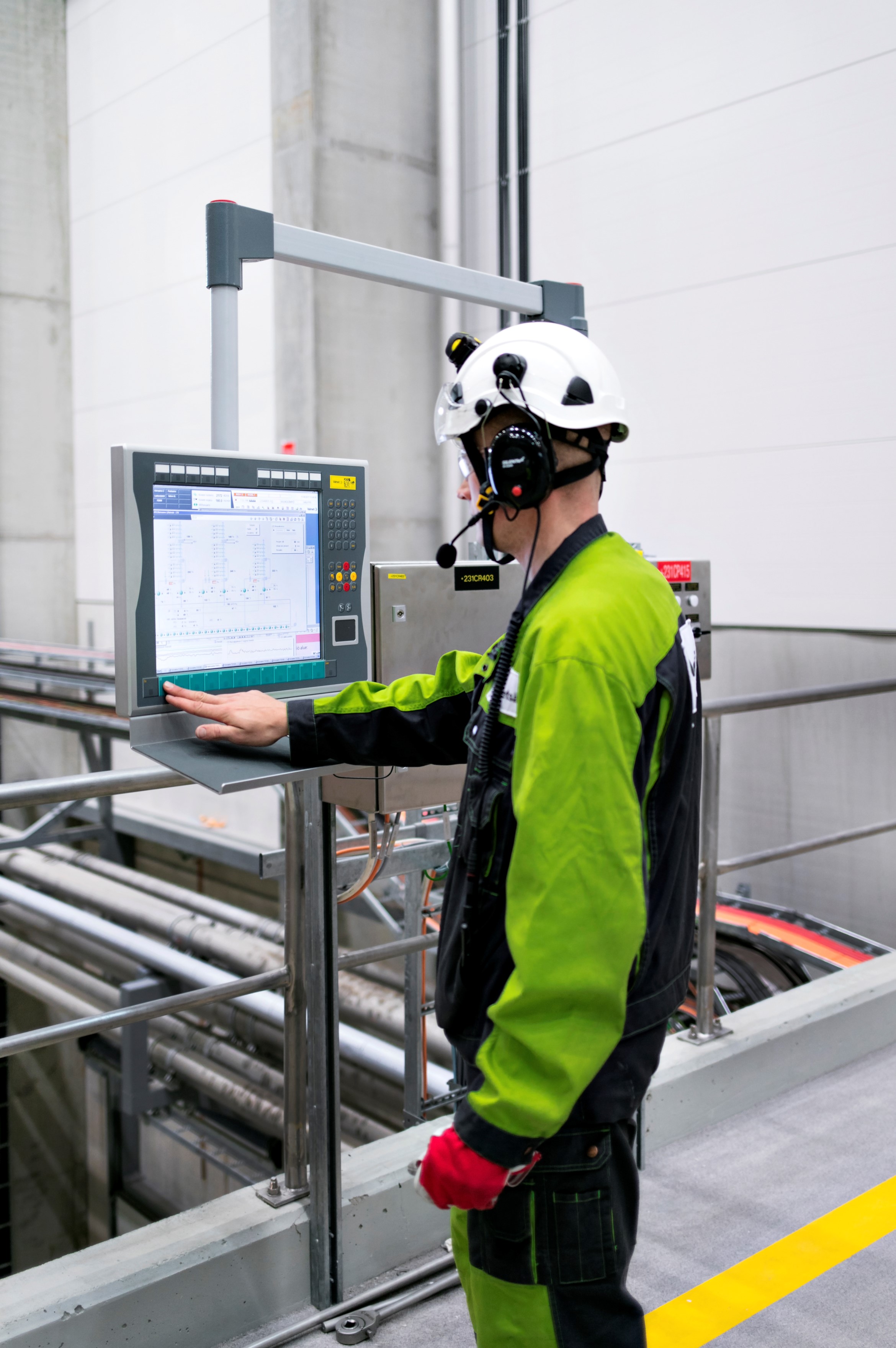The operations of Metsä Fibre are ultimately based on circulation.
One starting point for Metsä Fibre’s production is minimising the waste produced by the manufacturing and use of products, ensuring the best possible recyclability and maintaining the value of products within the circulation.
For example, Metsä Fibre uses wood as the raw material for the pulp it supplies to its customers. The fibre obtained from wood is called fresh fibre. Products produced from pulp are recyclable, and the fibre they contain can in many cases be re-used up to seven times before it is turned into power or heat as bioenergy.
The circular economy is enabled through eco-efficient processes
Metsä Fibre’s bioproduct mill in Äänekoski is the largest wood-processing plant in the northern hemisphere. The material and resource efficiency of the modern mill are world-class. The goal of the next generation bioproduct mill is to utilise raw materials and production side streams 100% in the production of bioproducts and bioenergy.
Efficient processes throughout the value chain enable Metsä Fibre to make use of pulpwood and production side streams as effectively as possible. A resource-smart circular economy also requires cooperation between partner companies.
“The circular economy is based on the resource-efficient use of raw materials and production side streams. It works best in an industrial ecosystem where different operators produce different end products, making use of their specific expertise,” says Ilkka Poikolainen, Vice President, Äänekoski bioproduct mill.
Advanced pulp production technologies drive the circular economy
In the circular economy and in production, progress is increasingly made with the help of efficient digital tools. More efficient equipment, new types of applications and better software are being used.
“Our bioproduct mill is a also a forerunner in the field in terms of digitalisation,” Poikolainen says.
For example, the equipment of the bioproduct mill is subject to condition monitoring even more extensively than before. As part of equipment maintenance, the use of tablet computers and an application enable a connection to the machines to be established directly from the field, as well as from the control room. Problems are reported through the application, and maintenance work is confirmed. The application also enables monitoring of the production process from the field.
Development paths lead to future-proof innovations
Metsä Fibre has several development paths related to promoting the circular economy in progress that are based on making the most of technological development and the company’s own product development work.
“New bioproducts have significant future potential,” Poikolainen says.
Metsä Fibre is investigating a number of new products and product paths that are progressing in stages. Networks and business partners play a major role in this. Potential future bioproducts include products derived from lignin and pulp-based textile fibres. One example of an interesting development project is the industrial demo plant for the production of textile fibres constructed at the Äänekoski bioproduct mill as a joint venture by Metsä Group’s innovation company, Metsä Spring, and the Japanese Itochu Corporation.
The textile fibre concept used in the demo plant involves a direct dissolution method that uses a brand new pulp-dissolving compound. Undried paper pulp produced by Metsä Group is used as the raw material. In the future, this new method will offer an alternative for the manufacturing of textile fibre that places less burden on the environment.
Metsä Fibre’s goal for the future is clear. The company intends to continue improving the efficiency of circulation in production and strives to use pulpwood for applications that are as sustainable as possible and provide the best value.


